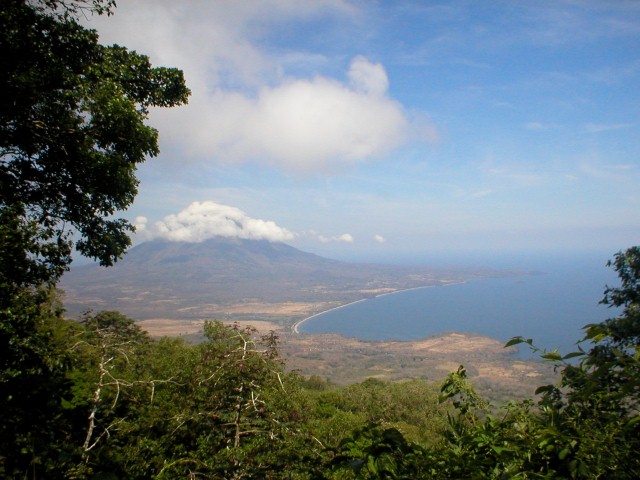Why Nicaragua deserves to feature in your Latin American travel plan…
Despite being the largest country in Central America (slightly bigger than the state of New York), Nicaragua is the most sparsely populated, a relative stranger to tourism and, surprisingly, generally unknown by foreigners in comparison with its neighbouring nations; Honduras to the north and Costa Rica to the south.
It is rather baffling, however, as to why that is. According to UN statistics Nicaragua is one of the safest countries in the Americas. It also has much to offer. Visitors can find eco-tourism, cultural sights, natural beauty and luxury resort hotels in Nicaragua. The Pacific Ocean to the west and the Caribbean Sea to the east, volcanic terrain, historical colonial cities, tropical wildlife and multi-lingual, multi-ethnic locals are what every seasoned traveler is looking for, right?
Here are some of Nicaragua´s plus points, which should and hopefully will begin to draw in the tourism it deserves.
Amazing cities…
Managua
Managua is the Capital of Nicaragua and has very unconventional characteristics. Sitting on an alarming eleven seismic faults the city has suffered many earthquakes creating a constant ruin and rebuild cycle. This has created a mixture of colonial ruins and modern “quick-fix” new-builds dotted along un-signed boulevards.
Resultantly and without a definitive city centre, the city can be confusing for visitors. However, a little tenacity is worthwhile as the capital does have many interesting sights. The old cathedral, its interior destroyed by the 1972 earthquake is a beautiful sight for reflection. The new cathedral is one of the most prominent landmarks. 63 cupolas represent the country´s 63 catholic churches, which are both architecturally beautiful and practical: providing structural support against future earthquakes.
The monument of poet Rubén Darío, the Loma de Tiscapa Historic National Park and the National Arboretum are also all worthwhile sights. North of Managua close to Lake Managua are several volcanic crater lagoons great for water sports and relaxation equipped with sailing, fishing and picnic facilities. Laguna de Xiloa is one of the best.
Granada
Founded in 1524, Granada is one of Central America’s oldest cities. It has a colonial charm and look, full of 16th century architecture. Bordering Lake Nicaragua, Central America´s largest lake, boat tours can be taken around the nearby archipelago made up of approximately 356 tiny islands (islets).
Visitors can hike up one of Nicaragua´s most active volcanoes named Mombacho. They can stroll around the markets in the central Park, called Park Colon, and round off the day enjoying street theatre from one of the many outdoor bars and cafés along the Calle La Calzada.
Amazing nature…
Beaches
Along Nicaragua´s pacific coast there are a number of picturesque sandy beaches, such as El Coco and Marsella. Most amazingly, the beaches are almost deserted and untouched, providing a truly natural attraction for visitors.
Hot Springs
North of Leon, Nicaragua’s university city, sulfuric hot springs can be found. Heated by the Telica Volcano, visitors can swim in the naturally hot pools and rivers.
Wildlife
The countries tropical climate makes it the perfect habitat for exotic wildlife. Indio Maíz Biological Reserve is home to many species including jaguars and eagles. Between July and January Pasalama sea turtles come ashore to Escalante-Chacocente Wildlife Refuge to lay their eggs, one of the few places in the world where people can see the incredible creatures.
So, now do you agree that the Central American country of Nicaragua deserves a visit?


Leave a Reply